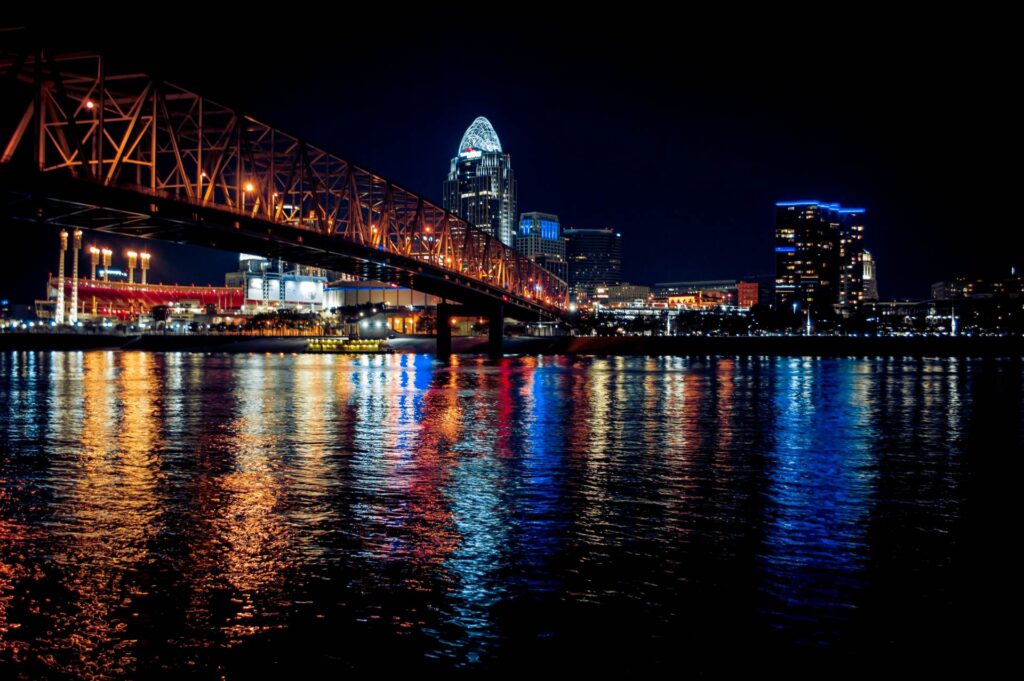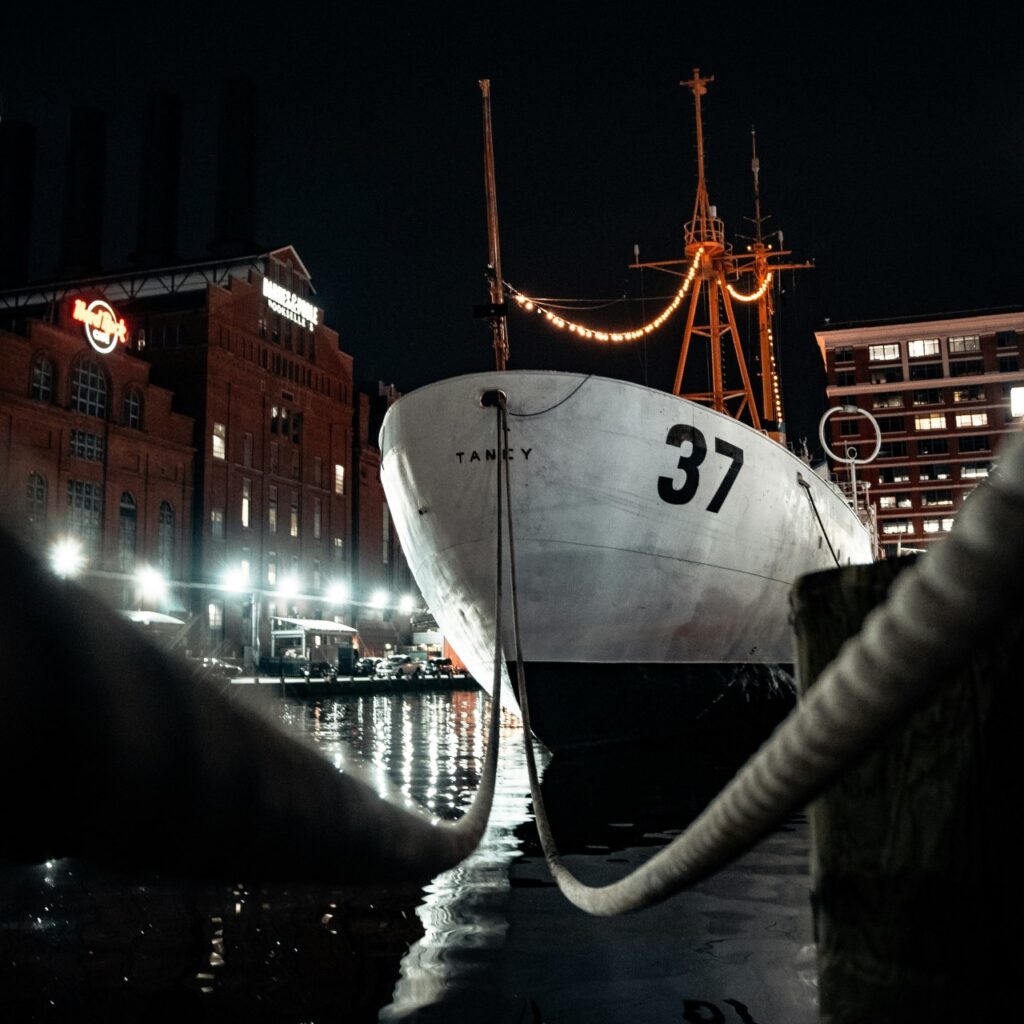Baltimore Bridge Collapse could become The Largest Ever Maritime Insurance Claim
It made headlines across the world, and its effect on the insurance market could be everlasting. Six people were killed and the port of Baltimore was forced to close, hence the collapse of the Francis Scott Key Bridge is likely to lead to the largest single marine insurance loss ever, the chair of Lloyd’s of London has said.
Lloyd’s of London, which runs the world’s largest insurance market, has companies active in the property and marine insurance markets. They will insure businesses both directly and indirectly affected by the accident. Analysts at Barclays estimated that insurers could face claims of as much as $3bn (£2.4bn) as a result of the bridge collapse.
We explain why this maritime insurance claim could be so big; looking at the direct and indirect consequences for the accident, how they would measure up in a claim; and also how this claim throws a spotlight on the global insurance market:

What are the Direct Consequences of the Baltimore Bridge Collapse
Separating out the full claim; damage to the bridge could reach $1.2billion, liabilities for wrongful death could reach $350million to $700million, business disruption claims will stretch into the hundreds of millions.
Other significant costs include clearing debris from the river, the business disruption from the bridge’s collapse, and local jobs affected by loss of business. $191 million per day in economic activity is being impacted, not including the tour operators, shops restaurants and smaller marinas all being disrupted.
These comprising parts, of damages, deaths and port closure, are normally written off as acts of God, and therefore not covered by insurance. However if the found cause is negligence, then this could very easily become the largest ever maritime claim.
What are the Indirect Consequences of the Baltimore Bridge Collapse
The Affect on Global Supply Chains
The ripple effect on global supply chains is unknown, but experts have reported it could have a noticeable effect. The port of Baltimore is the 14th largest in the US, and other ports are now having to assist in deliveries, extending wait times on trade.
The Affect on the Global Insurance Market
In an interview with Bloomberg, Lloyds of London CEO John Neal said: Lloyds of London has significant “financial power” to cover the cost of the disaster. Lloyds model for these sorts of disaster, building scenarios, and this loss is within the level of expectation. Although the full extent of the cost has not yet been calculated, and won’t be known for some time, looking at the obvious damage, it seems likely the vast scale of Lloyds and the global insurance market will be able to comfortably holster the cost.
Marine Mutual Britania, a UK-based liability provider has confirmed it is the protection and indemnity provider for the container ship, Dali, which hit the bridge. Marine Mutual Britania provides cover for ships entered into the Britannia P&I Club, an international group which insurers 90% of ocean-fairing tonnage.
Senior Director, Matilde Jakobsen said “Reinsurers will bear the bulk of the insured cost of the collapse of the Francis Scott Key Bridge.” What this means is that the cost of the claim will be spread among insurers and reinsurers.
“The insurance issues due to the collapse of the bridge will take a long time to determine and may involve several lines such as property, cargo, liability, trade credit and contingent business interruption. The claim will likely involve several insurers, reinsurers, subrogation, and legal issues and will serve to add to the increasing challenges in reinsurance availability.”
The Affect on Insurance Law
The lawyers of Dali ship’s owners and managers have submitted documents denying liability for the accident, They say the crash was not due to fault or negligence, and request judges excuse them from damages, or cap the damages to the valuation of the vessel, which is $43 million.
The lawyers are utilising the Limitation of Liability Act, written in 1851, originally intended to incentivise American shipowners to buy into US shipping.
This Limitation of Liability Act is known as the Titanic Law because it was used by the owner of the Titanic to limit payout when the ship sank. Therefore, the Dali crash could produce a similar effect upon insurance law as the Titanic, mitigating hundred of millions in damages, and most likely setting a precedent in maritime law, one which will spark change.
The Psychological and Social Affects
Accidents which make such a huge splash in the news have an indirect affect on those reading it. Latino workers in Baltimore have publically said they do not want to work on the bridge’s repair, or on any projects over the water. We may also see a loss in confidence of travel, tourism and trade by sea. Alternatively Baltimore may see an influx of people hoping to see the destroyed bridge, similar to the effect of 9/11 on increased tourism to New York City post-2001.
Ultimately, the direct and indirect consequences of the Baltimore Bridge collapse won’t be fully realised for years to come. The accident does shine a spotlight on the power of the insurance markets and reinsurance systems, however it is unlikely the average buyer of insurance need be concerned of any impact. This case seems more to be one-to-watch for insurance law enthusiasts, such as ourselves.



